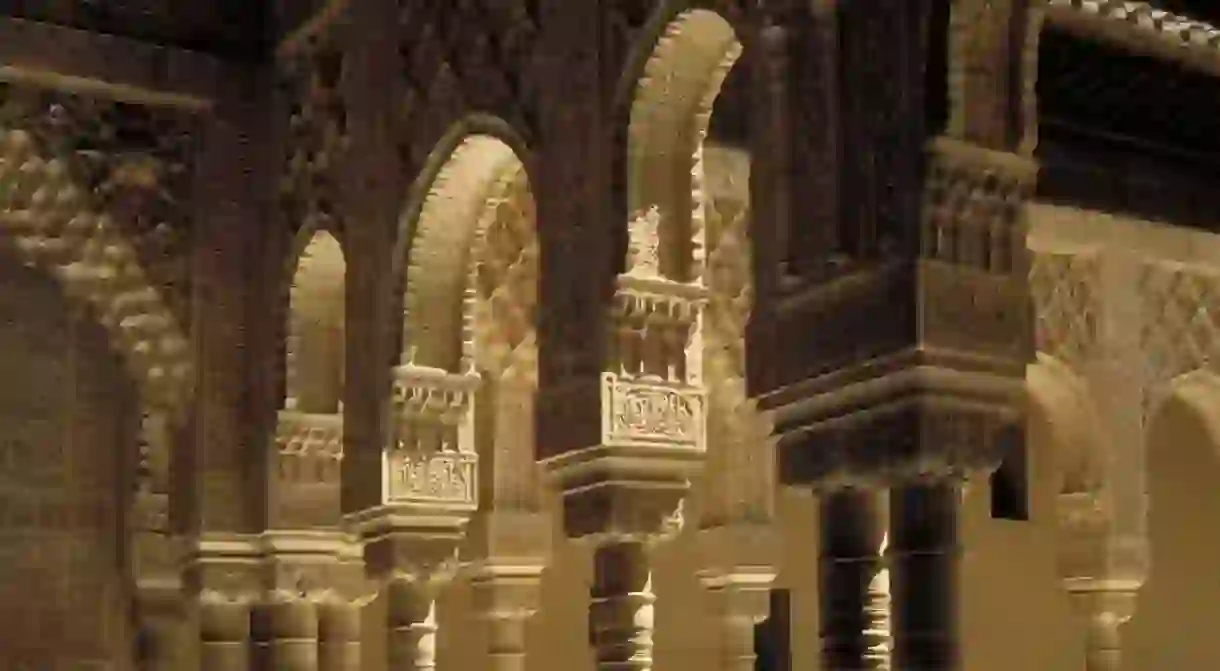The Most Beautiful Palaces in Granada

Many of southern Spain’s greatest historical palaces can be found in Granada. These date from the city´s distinguished Moorish epoch, which lasted from the 8th to the 15th century; also from the period of Christian dominion ushered in by Ferdinand and Isabella in 1492. Here is a guide to the most beautiful of them all.
Nasrid Palaces, Alhambra

Generalife Palace, Alhambra
Charles V Palace, Alhambra
This Renaissance palace – which was begun in 1526 and abandoned, unfinished, in 1637 – had special significance for Charles V, whose grandparents Ferdinand and Isabella wrenched Granada from Moorish rule in 1492. It was partly as a tribute to them and also to establish a royal residence in Granada that Charles ordered the construction of this imposing, Roman-style palace. It squats in the centre of the Alhambra complex, a reminder of Catholic might, wedged amidst the remains of a great Moorish dynasty. The highest colonnade of its beautiful circular internal courtyard was finished in 1619, but the roof was never added; standing in its centre, you look straight up into the brilliant blue of an Andalucian sky. The Charles V palace also houses Granada´s Museum of Fine Arts.

Charles V palace, Alhambra; Ellio Brown, flickr













